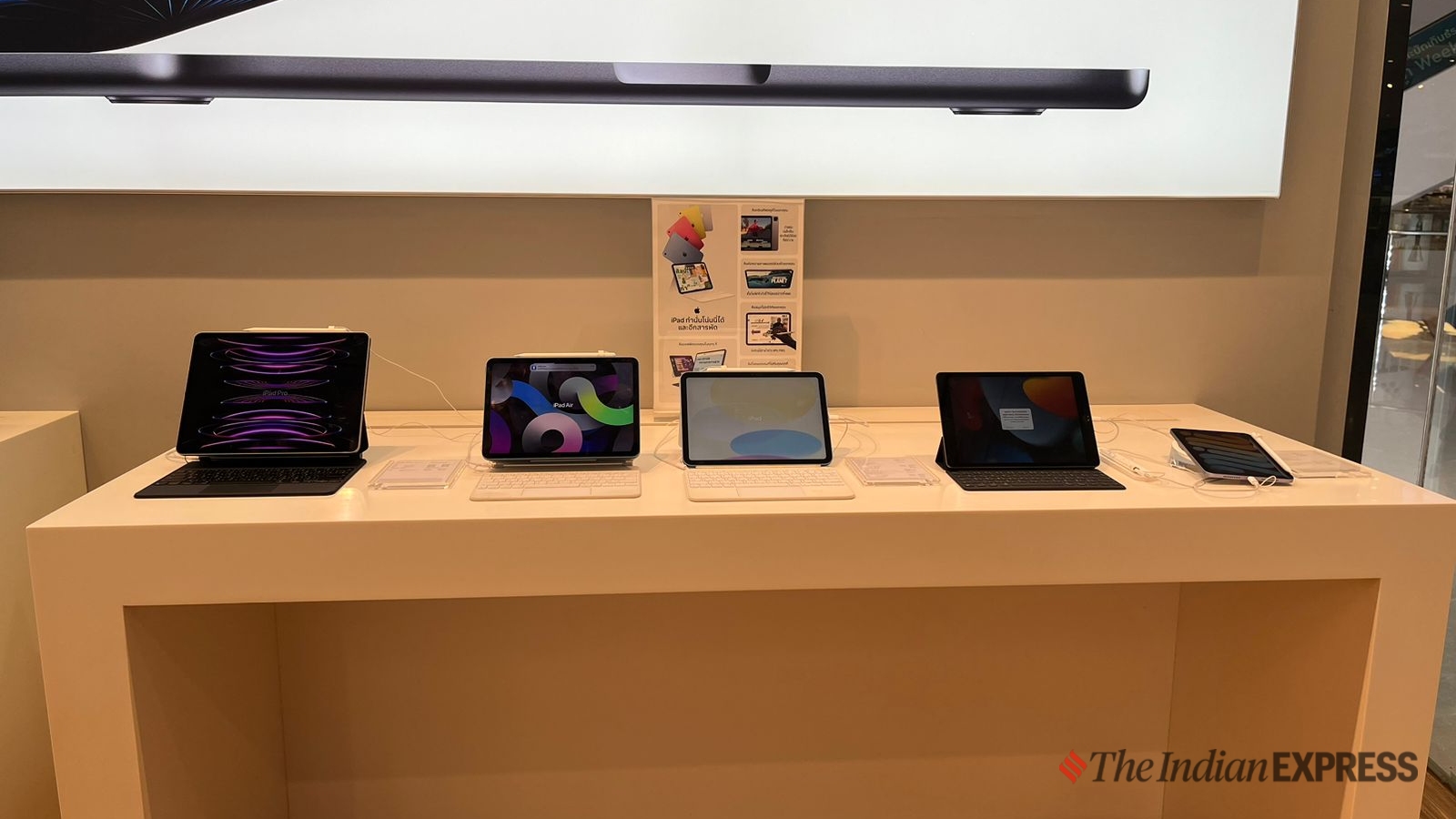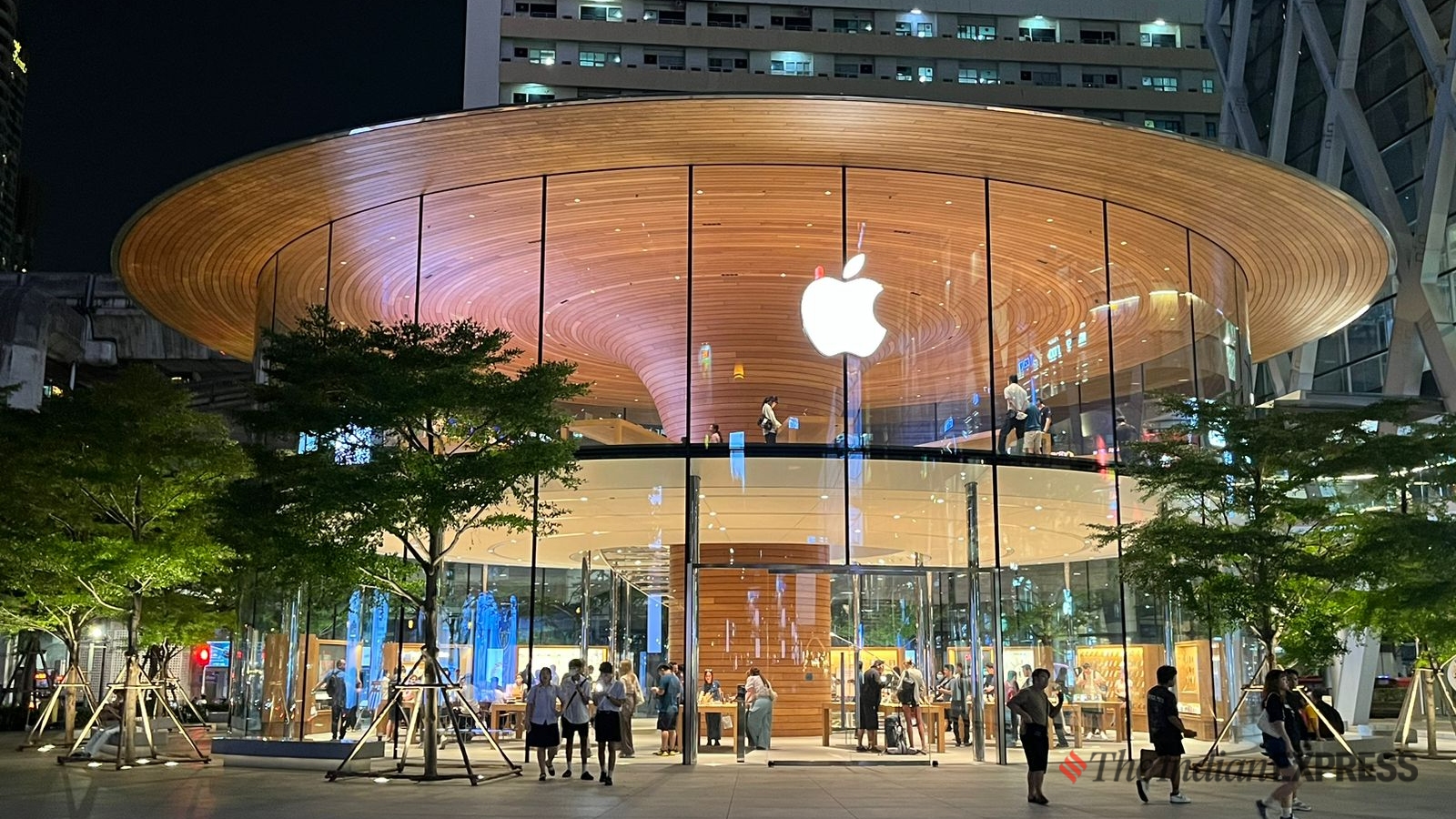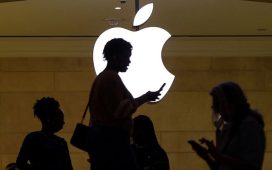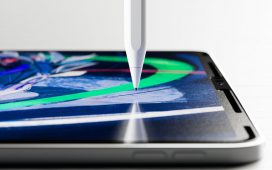When Apple CEO Tim Cook takes the stage next week at a special event scheduled for May 7, he may try to justify the long gap it took to release newer iPads. More importantly, Cook and his top lieutenants will spend a significant amount of time explaining why users should upgrade to iPads. Perhaps that’s the biggest takeaway from Apple’s ‘Let Loose’ event, which would be centred around the iPads after a long time.
The event is an important showcase for Apple, which wants to spur consumers to upgrade to new iPads. This comes amid a time when Apple’s iPad business is “just okay” but weak. The company holds the lion’s share of tablet sales. However, iPad sales are not growing anymore.
Apple has admitted weakness in the iPad’s business – it still generated $7.78 billion in the last quarter, which is a healthy number given that the competition doesn’t come anywhere close to Apple, but the overall tablet market is flat. The worldwide tablet shipments saw a huge decline in the fourth quarter of 2023, marking the largest decline in Q4 shipments since 2016. In fact, shipments declined over 20 per cent in 2023 to hit a new low since 2011, according to market research firm International Data Corporation (IDC).
That being said, despite a flat market, iPads are still highly regarded. However, Apple faces the same issue as its competitors. People are not upgrading to new iPads, and it is becoming a problem for Apple in the long run, being the market leader.
Apple’s iPad lineup is a confusing mess

There were rumours that Apple would introduce new iPad models along with new Macs last year. This didn’t happen. In fact, the company has not introduced new iPads for 18 months. It last launched new iPads and iPad Pros in October 2022. It clearly shows Apple is waiting for the market to bounce back and reach pre-pandemic levels, or the root cause of the problem lies within. Insiders cite the lack of excitement in the tablet market as well as the confusing iPad lineup to be blamed for the lack of new iPads on the market.
In the early days of iPads, the lineup was simplified, making it easier to choose a device. Over time, Apple has added more options, and the change in narrative that the iPad is a laptop replacement did not land well. This confused buyers; first, there were too many models on the market at different sizes and price points—some packing big screens and more processing power.
In addition, Apple continued to sell older models and offered accessories that work with some iPads. For example, Apple sells three different versions of Apple Pencils. The new entry-level low-end stylus introduced last year doesn’t work with Apple’s cheapest iPad, while the top-end Pencil isn’t compatible with the newest iPad. The high-end iPad Pro is another case. There are two models to choose from, but barring the size difference, they are identical in nature.
https://platform.twitter.com/widgets.js
Time to simply the iPad
Apple is holding a spring event next week to overhaul its iPad lineup. This is the first acknowledgement that the iPad needs to be less confusing which may eventually help increase sales. For a change, Apple has a dedicated iPad event which tells us that the iPad deserves the respect it needs. So yes, Apple is fully aware it needed to give the iPad a makeover, as it did to the Mac a few years ago.
Snazzy high-end iPad Pros with OLED screens
For beginners, Apple will likely address the confusion users may have about the iPad by focusing on two iPad models: the high-end iPad Pro and the mid-range iPad Air. The Pro is set for the biggest makeover. Expect the iPad Pro to get an OLED screen, updated design, M3 chip (Blommberg’s Mark Gurman believes the top-end model could be powered by M4 instead) and updated Magic Keyboard.
The iPad Pro’s design was last refreshed in 2018 when it gained USB-C compatibility, Face ID, and the introduction of a new Apple Pencil that magnetically attaches to the side for charging and pairing. It was a breakthrough device aimed at both enthusiasts and creative professionals. Despite being priced on the higher side (if you include accessories), it was well-received but remained a niche device.
The new iPad Pro models will feature nicer OLED screens (the iPhone X was the first to get OLED screens), resulting in punchier colours and deeper blacks. Strangely, they will still come in different screen sizes – 13-inch and 11-inch screen sizes – instead of Apple opting for one iPad Pro model. However, the question of what and who the iPad Pro is for remains. Apple bringing an OLED screen and maybe a design refinement does not change the fact that the iPad Pro is far from a Mac replacement as Cook initially marketed. The iPadOS still feels and behaves like iOS on the iPad. Though the operating system has gotten better with multitasking, it continues to lack the flexibility that MacOS offers on the Mac.
No wonder, Apple may market the new iPad Pro as a true AI device. This isn’t going to shock many; Apple has marketed the new M3-powered MacBook Air as the “world’s best consumer laptop for AI” in the past. With just a few days left for the Worldwide Developers Conference (WWDC), Apple’s annual developer conference, Cupertino will do everything to build a narrative around AI capabilities before revealing its AI strategy in June. Don’t expect Apple to announce or even tease what’s in store, but it may show investors that its hardware is ready for AI. That’s enough to steal some thunder from Google, which is likely to announce new AI-powered hardware at I/O in the middle of May.
A big change to the iPad Air
The iPad Air is another device due for a makeover. This time, it will likely come in 10.9-inch and 12.9-inch configurations, mirroring the approach with the MacBook Air and iPad Pro. The new iPad Air will probably get a new M2 processor (while the M3 or M4 will be reserved for the iPad Pro), and the front-facing camera will move to the long edge, like the iPad Pro.
The iPad Air is a mid-range tablet option, but what Apple is trying to do with the newer 12.9-inch model is to make it closer to the iPad Pro. That way, if you want a bigger iPad, you can opt for the iPad Air and save money. Previously, users who wanted a bigger-screen-sized iPad had only one option: to choose the top-end iPad Pro. If you remember, Apple did the same thing with the iPhone 15 Plus, a plus-sized version with a big screen that matches that of the iPhone 15 Pro Max but has the internals of the iPhone 15.
An Apple Pencil update

But the biggest change expected for the new iPad Pros and iPad Air will be the reimagined Apple Pencil. It’s been years (the last big change to the Pencil was made in 2018), and a refreshed version is highly anticipated. In the run-up to the Apple event, there are all sorts of rumours about the Pencil 3. The biggest is that the new Apple Pencil will support a “Squeeze” gesture that could allow the stylus to detect when users press down on the surface to perform quick actions like adding text or a signature.
Other rumours suggest that it could have interchangeable magnetic tips alongside Find My Integration, which allows users to track and find their lost Apple Pencil, just like with AirPods and AirTags, and haptic feedback for the first time.
Hopefully, Pencil 3 or whatever its marketing name might be will support newer iPads as well as the lower-end iPads that Apple plans to release in the future. That might help streamline the accessories for the iPad. With that, in all likelihood, Apple will finally phase out the first-generation Apple Pencil.
A more mature Magic Keyboard
Critics raved about the original Magic Keyboard for the iPad Pro; it was well-made and easier to type on, and the case sort of bridged the gap between the iPad and Mac. But for the newer generation, the list of updates is long, including being lighter in weight and feel, having a bigger touchpad, an extra USB-C port, and a design allowing more ways to use the iPad Pro.
What about a lower-end iPad and updated iPad mini?
Right now, no one can say with certainty if Apple will only update the iPad Pro and iPad Air and exclude the standard iPad and iPad mini. However, there is a need to have a cheaper iPad model that competes with entry-level Windows notebooks and Google Chromebooks. The education market is huge, and Apple is well aware of that. However, Apple is focusing more on the premium side of the market where margins are higher and consumer appetite for spending on accessories is greater.









